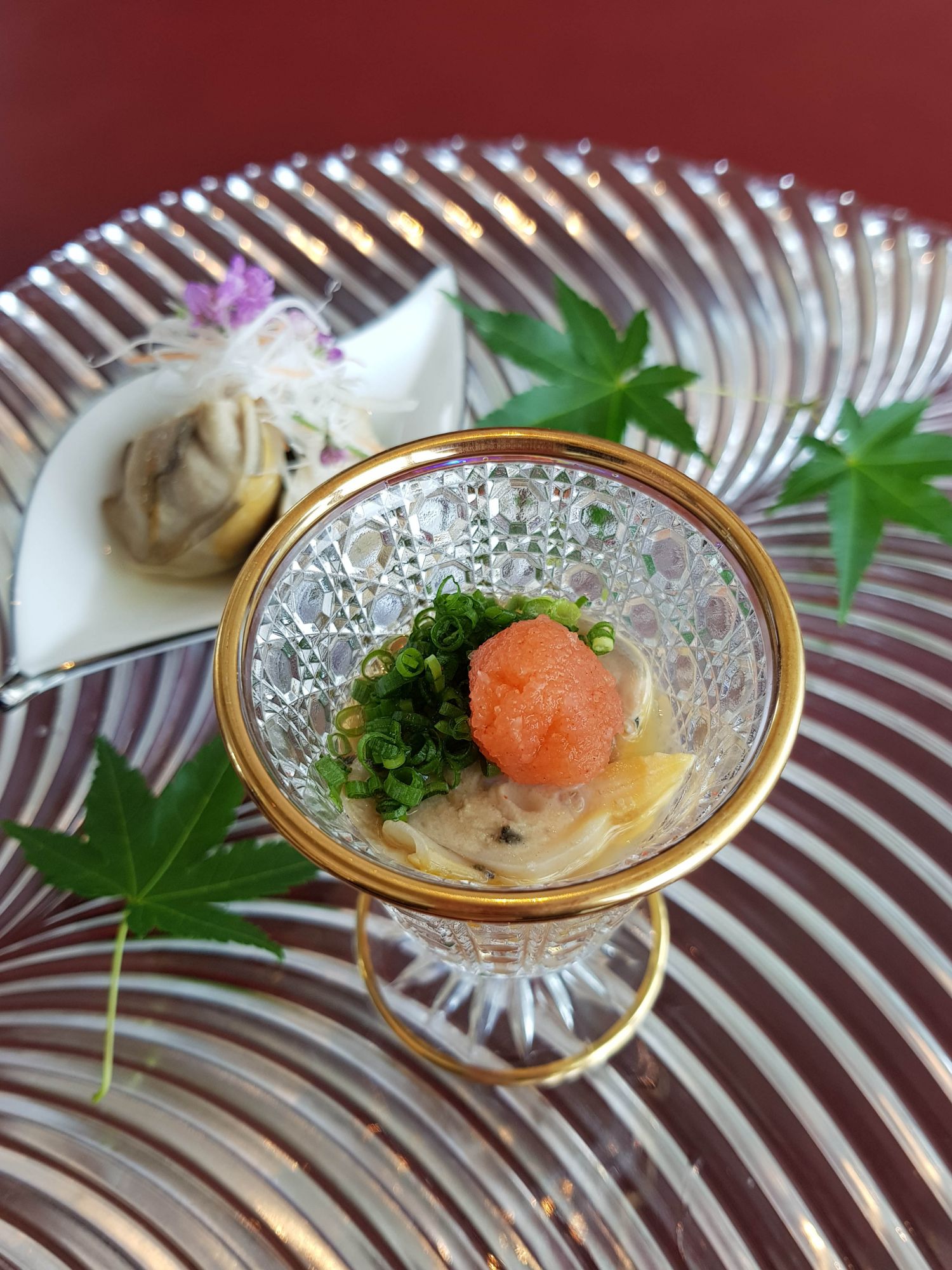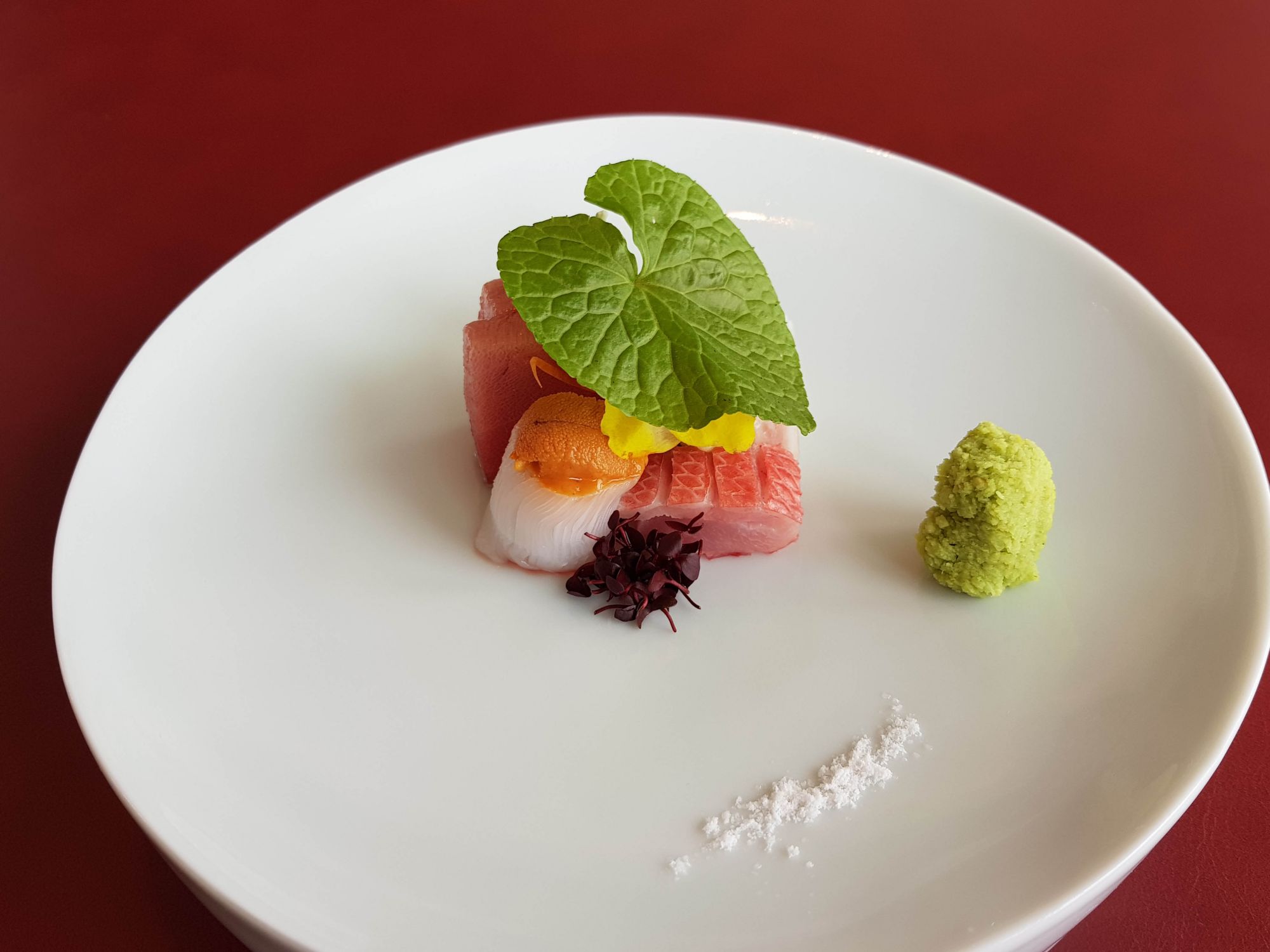Shangri-La Hotel's new restaurant makes quality Japanese dining surprisingly accessible.
Without a doubt, Singaporeans enjoy dining out at Japanese restaurants, evident, one might rightly presume, in the number of new establishments that have hit the scene in recent years. Oddly enough, though, finding good and reasonably priced fare is not as easy as one might imagine. So, imagine our surprise when we found one such option at the Shangri-La Hotel, Singapore.

After three decades, stalwart restaurant Nadaman has been left out of the recently revamped Tower Wing. Instead, Nami, a new Japanese restaurant and bar, will be taking over its obligations, as well as the space of the now defunct Blu on the 24th floor, so you can expect a privileged view to complement your meal.
But make no mistake—the restaurant, headlined by Chef Shigeo Akiba from Yokohama, serves quality traditional fare you’d enjoy even if you only had four walls to gaze at while eating.
Of course, the perks are most distinct at lunch. Aside from two private dining areas that seats six and 10 guests respectively, the main dining hall, which includes counter seats, is bathed in plenty of natural light. A change in the weather notwithstanding, the setting is bright and inviting, elegant yet casual. The food too is unfussy yet refined, prepared with the finesse one would expect from a chef with over 30 years of experience under his belt—crowned, no less, by a few royal banquets he has had the honour of preparing.
Lunch time is also a great opportunity to appreciate the advantages Akiba brings to the table as a dashi master. Here, the “broth of life” is made using the best kombu sourced from the sea off northern Hokkaido and katsuobushi from a reputable producer in Kyushu. The latter is said to be such a perfectionist, he only selects one out of 10,000 pieces to be fermented and aged, resulting in a more complex and sweeter flavour, and an intense fragrance.



